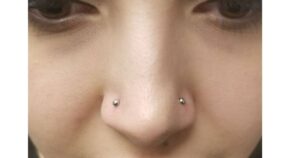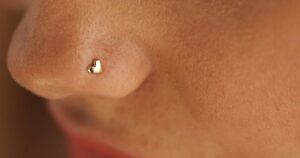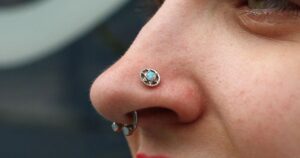When contemplating a dip in the pool or the ocean witNose piercing is a form of body modification where a small hole is made through the skin or cartilage of the nose, allowing for the insertion of decorative jewelry. This practice has cultural and aesthetic significance, with various styles such as nostril, septum, and bridge piercings.
Curious about nose piercings? Wondering if you can take a dip with that brand-new nose piercing? Dive into this quick read to unravel the secrets of swimming with a fresh nose piercing. Discover the do’s and don’ts, and ensure your piercing stays as cool as you are.
Swimming with a new nose piercing can pose risks to the healing process. Exposing the piercing to chlorinated or saltwater may irritate the skin and prolong the recovery period. It’s advisable to avoid swimming for at least a few weeks until the piercing is fully healed. Always prioritize proper aftercare to ensure a successful and comfortable healing journey.
Risks and Considerations

h a fresh nose piercing, it’s crucial to be aware of potential risks and considerations. Exposing a new piercing to chlorinated water or saltwater can increase the risk of irritation and infections. The chemicals in pool water, as well as the salt in seawater, may disrupt the delicate healing process and lead to complications. It’s essential to prioritize the health of the piercing during the initial healing period by avoiding prolonged exposure to such environments.
The risk of introducing harmful bacteria into the piercing site is heightened in water bodies. Even if the water appears clean, unseen contaminants may pose a threat to the healing process. Therefore, exercising caution and adhering to professional aftercare advice is paramount to ensuring a successful and trouble-free healing journey for your new nose piercing.
Effects of Chlorinated and Saltwater
Exposing a new nose piercing to chlorinated and saltwater can impede the healing process, causing irritation and potential complications. Chlorine in swimming pools and the salt in seawater may dry out the pierced area, leading to discomfort and delayed recovery. To safeguard your piercing, it’s crucial to avoid such water exposure during the initial healing period and follow recommended aftercare practices.
Potential Irritation and Infections
Exposing a new nose piercing to water, especially chlorinated or saltwater, can heighten the risk of potential irritation and infections. These environments may introduce bacteria and impurities to the healing piercing, hindering the natural recovery process. To prevent complications, it’s crucial to adhere to aftercare guidelines and avoid swimming until the piercing is fully healed.
Expert Advice and Aftercare Tips
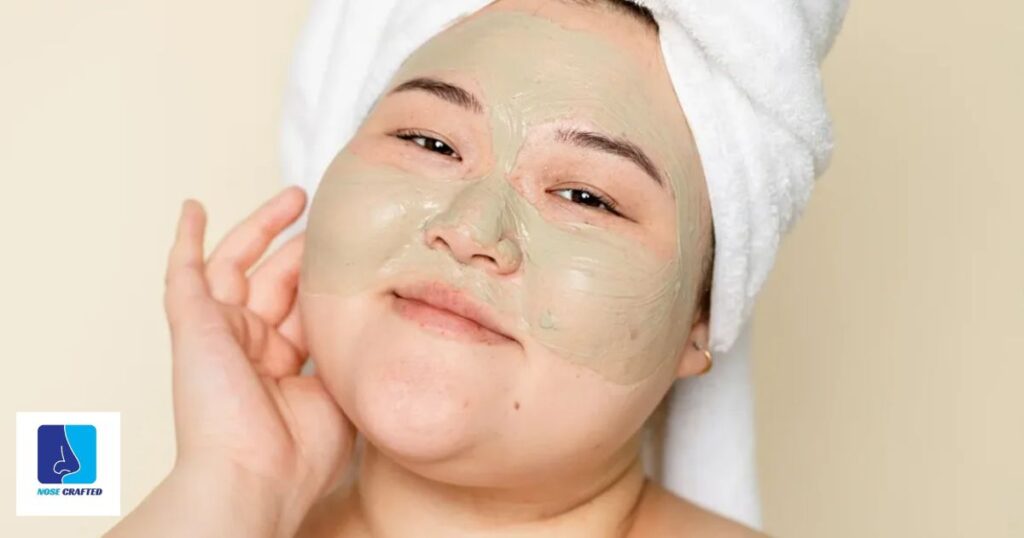
Seeking guidance from a professional piercer is crucial for ensuring the longevity and health of your new nose piercing. Experts recommend gentle cleaning with a saline solution twice a day, using a sterile cotton swab to avoid any unnecessary friction. Refraining from touching the piercing with unwashed hands can minimize the risk of infections. Professional piercers often emphasize the importance of avoiding harsh chemicals, makeup, and excessive exposure to sunlight during the initial healing phase.
In terms of aftercare tips, maintaining good hygiene practices is key. Rinsing the piercing after activities that induce sweating, such as exercising, can prevent buildup of bacteria. Choosing hypoallergenic jewelry and avoiding tight-fitting accessories can also contribute to a smoother healing process. Remember, consistent care and heeding expert advice are fundamental to showcasing your nose piercing with pride and minimal complications.
Professional Piercer Recommendations
Professional piercers recommend refraining from swimming with a new nose piercing during the initial healing period, typically lasting a few weeks. They emphasize the importance of keeping the piercing clean and dry to avoid complications such as irritation or infections. Following their expert advice ensures a smooth healing process and a stunning, well-maintained nose piercing.
Daily Care Practices for a Healthy Piercing
To ensure a smooth healing process for your new nose piercing, it’s crucial to incorporate simple daily care practices. Delicately clean the piercing using a gentle saline solution, steering clear of any harsh products that may irritate the area. Refrain from touching the piercing with unwashed hands, and prioritize overall hygiene to foster a swift and trouble-free healing journey. By following these guidelines, you can maintain the health and longevity of your nose pierced.
How To Cover Nose Piercing For Swimming
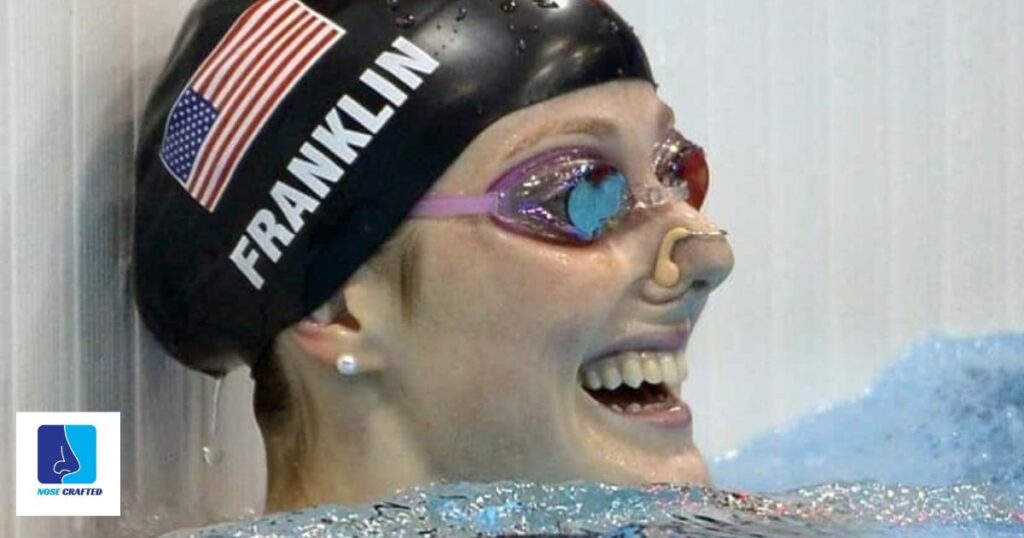
To protect your nose piercing while swimming, consider using a waterproof adhesive bandage or a specially designed waterproof nose plug. These options create a barrier against water, reducing the risk of irritation or infection during your swim. Always consult with your piercer for personalized advice on the best method to cover your nose piercing while enjoying the water.
Can I Swim A Month After Getting My Nose Pierced
Swimming a month after getting a nose piercing is generally considered safe, but caution is key. Ensure your piercing has healed well and shows no signs of redness, swelling, or discharge. Always follow professional aftercare advice to enjoy the water without compromising your piercing’s health.
How Long After A Nose Piercing Can You Swim In The Ocean
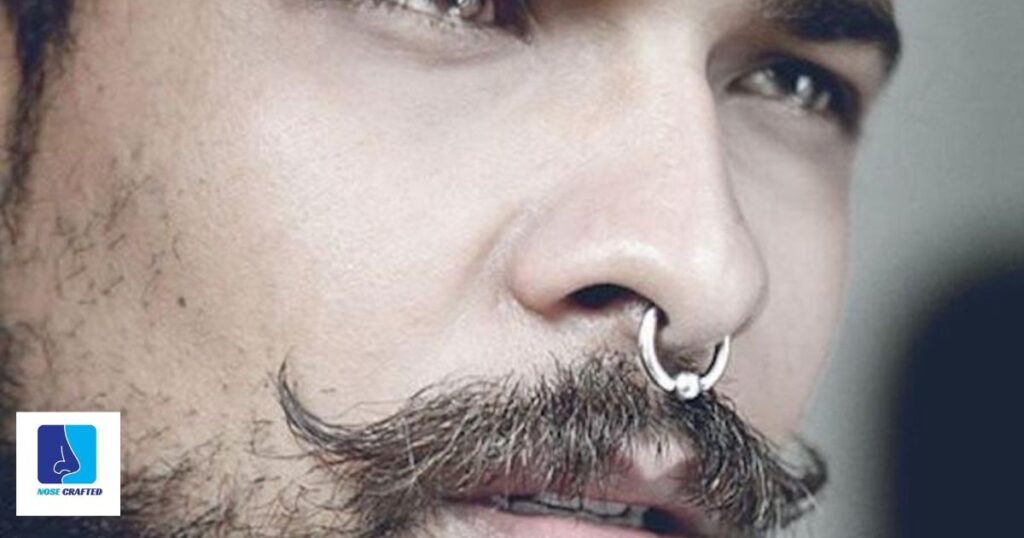
- Reduced Infection Risk: Waiting until the recommended healing time has passed decreases the risk of infections associated with exposing a fresh nose piercing to ocean water.
- Preserved Healing Process: Avoiding ocean swimming allows the piercing to undergo its natural healing process without interference, promoting faster and more comfortable recovery.
- Minimized Irritation: Ocean water’s salt content may irritate the delicate pierced area, and waiting ensures the skin has sufficient time to strengthen, reducing the likelihood of discomfort.
- Prevention of Complications: Swimming too soon in the ocean can lead to complications such as prolonged healing, keloid formation, or allergic reactions to saltwater.
- Maintained Piercing Integrity: Allowing the nose piercing ample time before ocean exposure helps maintain the integrity of the piercing site, reducing the risk of migration or rejection.
- Enhanced Aftercare Efficacy: Adhering to aftercare routines without the added stress of seawater exposure ensures the effectiveness of cleaning and caring for the fresh piercing.
- Peace of Mind: Waiting patiently to swim in the ocean provides peace of mind, knowing that the nose piercing has healed sufficiently, allowing you to enjoy the experience without unnecessary concerns.
How Long To Wait To Swim After Ear Piercing
Wondering when it’s safe to make a splash after getting your ears pierced? The healing time for ear piercings is crucial to avoid complications and ensure a successful outcome. Whether you’ve opted for classic lobe piercings or cartilage piercings, understanding how long to wait before diving into the water is key to maintaining both style and health.
It’s recommended to wait at least four to six weeks before swimming after getting your ears pierced. During this initial healing period, exposure to pool water, seawater, or hot tubs can introduce bacteria and impurities, increasing the risk of infection. To safeguard your new piercings, prioritize diligent aftercare, cleaning them regularly with a saline solution, and avoiding submersion in water until they are fully healed.
How Long Do You Have To Wait To Go Swimming After Nose Piercing?

After getting a new nose piercing, it’s crucial to exercise patience before taking a dive into the water. Typically, experts recommend waiting at least 4 to 6 weeks before swimming. During this initial healing period, the piercing is more susceptible to irritation and potential infections. Submerging your nose in chlorinated or saltwater may hinder the healing process, so it’s essential to resist the temptation of jumping into the pool or ocean too soon.
To ensure a successful and comfortable healing journey, adhere to the guidance provided by your professional piercer. They may offer specific advice tailored to your unique situation. While it might be challenging to stay out of the water, giving your nose piercing the necessary time to heal will ultimately contribute to a healthier and more beautiful outcome.
Swimming 2 Weeks After Nose Piercing
| Aspect | Information |
| Recommended Wait Time | At least 4-6 weeks (varies by individual) |
| Specific to Nose Piercing | 2 weeks |
| Type of Water | Avoid swimming pools, oceans, or hot tubs |
| Risks | Increased risk of infection and irritation |
| Aftercare Importance | Essential for a successful healing process |
How Long After A Piercing Can You Swim In The Ocean

After getting a piercing, especially in the ocean-loving summer months, the anticipation to dive into the sea can be tempting. However, it’s crucial to exercise patience and prioritize the healing process. In general, it is recommended to wait at least four to six weeks before swimming in the ocean with a new piercing. Saltwater, though natural, can still introduce bacteria and irritants that may hinder the healing of the piercing.
Remember, the duration of the restriction may vary depending on the type of piercing and individual healing tendencies. Always consult with your piercer for personalized guidance, and resist the urge to rush back into ocean adventures until your piercing is fully healed. Prioritizing patience and care will pay off in the long run, allowing you to enjoy the waves without compromising your piercing’s well-being.
How Long Should You Wait To Swim After A Piercing
After getting a piercing, it’s crucial to allow adequate time for healing before taking a plunge into swimming activities. The recommended waiting period varies depending on the type of piercing and its location. Generally, professionals advise waiting at least 4 to 6 weeks before exposing your piercing to swimming pools, oceans, or other bodies of water. This precautionary measure helps minimize the risk of infection, irritation, and complications that can arise from submerging a fresh piercing in water.
Keep in mind that every individual’s healing process is unique, and some piercings may require more time than others. It’s essential to follow the specific aftercare instructions provided by your piercer and pay attention to any signs of healing or discomfort. While the anticipation to enjoy water activities is understandable, patience during the initial healing phase will contribute to a healthier and more successful piercing outcome in the long run.
FAQ,s
How long after a nose piercing can I swim?
Wait at least 4-6 weeks before swimming after a nose piercing to ensure proper healing and minimize infection risks.
How do you cover a nose piercing for swimming?
To cover a nose piercing for swimming, use a waterproof or silicone wound-sealant bandage to create a protective barrier against water and reduce the risk of irritation or infection.
How do I protect my nose piercing from water?
To protect your nose piercing from water, use a waterproof wound-sealant bandage or petroleum jelly to create a barrier before swimming, and avoid submerging it until it’s fully healed.
How long after nose piercing can you get it wet?
You should avoid getting a new nose piercing wet for at least 4 to 6 weeks to allow proper healing.
Conclusion
The decision to get a nose piercing involves not only the initial excitement of self-expression but also a commitment to proper aftercare and patience during the healing process. The significance of avoiding water exposure, especially within the first 4 to 6 weeks, cannot be overstated. This period is crucial for the piercing to establish a strong foundation, minimizing the risk of infections, irritation, and other complications.
While the anticipation to showcase your new accessory in various settings, including swimming, is understandable, prioritizing the health and well-being of the piercing is paramount. Each individual’s body reacts differently to the piercing process, and rushing into activities like swimming can jeopardize the outcome. Patience is not merely a virtue but a fundamental aspect of responsible piercing care.

